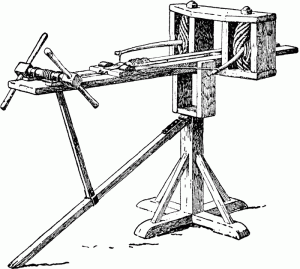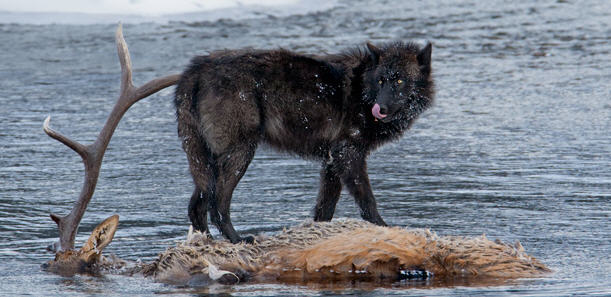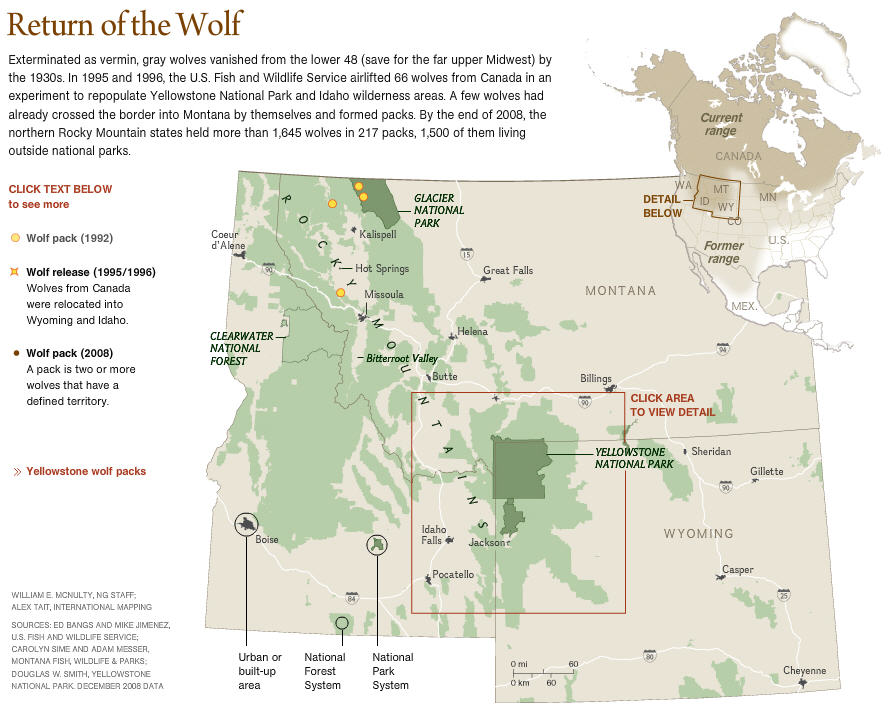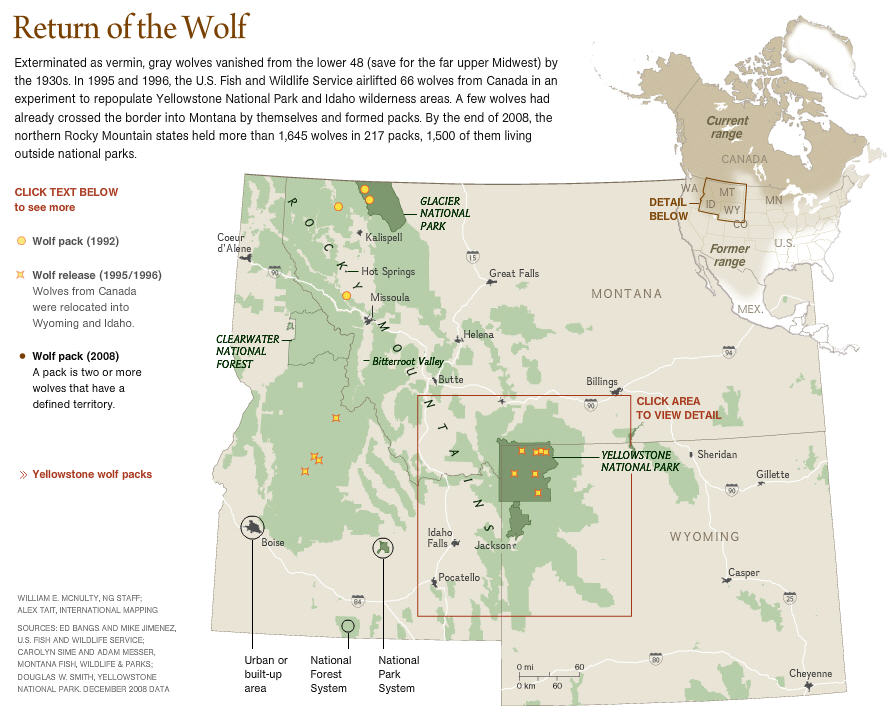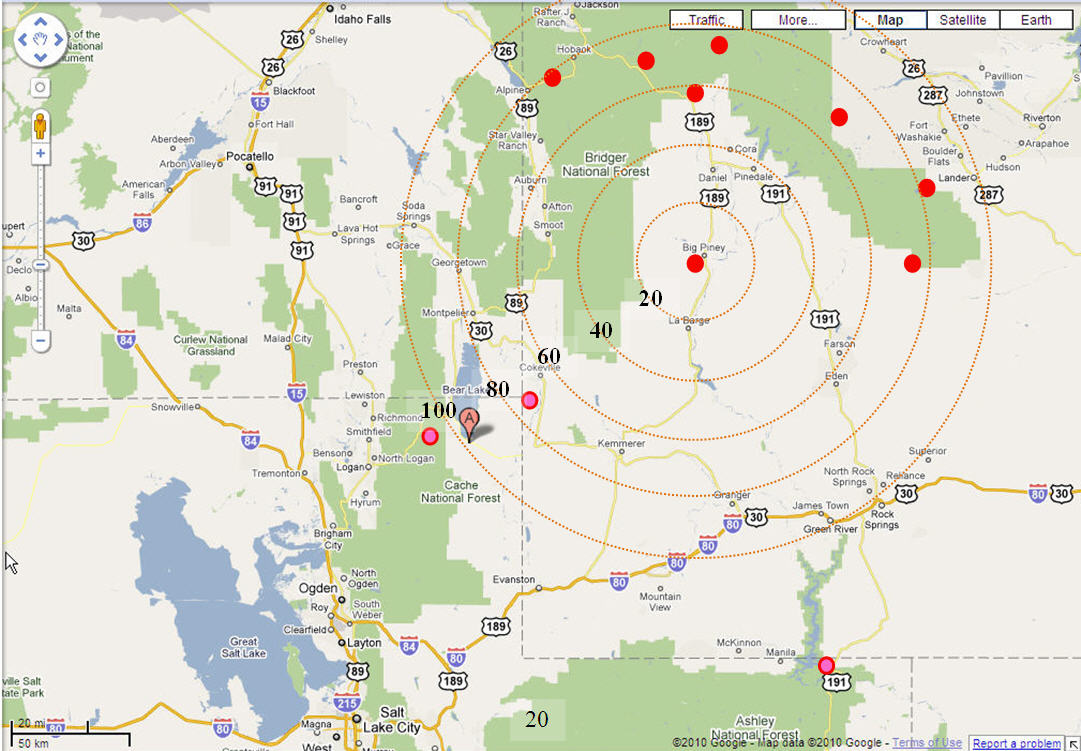 We already know that many people break into the novel market WITHOUT writing short stories. So they’re not necessary for starting a writing career, although they might have helped some folks. See this page http://johndbrown.com/writers/writing-business-facts-figures/ for links that will show you how people break in. But some people just love short stories, so the question is can you make a living writing them?
We already know that many people break into the novel market WITHOUT writing short stories. So they’re not necessary for starting a writing career, although they might have helped some folks. See this page http://johndbrown.com/writers/writing-business-facts-figures/ for links that will show you how people break in. But some people just love short stories, so the question is can you make a living writing them?
The answer is yes, you CAN do it–you go into television and get hired to write scripts for TV series (grin).
But what about doing it in print? Well, let’s try some conservative math.
1) How much would you need to sell?
TARGET: a conservative $30,000 gross per year.
The median household income in the USA is $50,000. But you can find a place (rural Ohio or Indiana or North Dakota etc.) where housing is relatively cheap and live on $30k. I think this is a reasonable target. So let’s make some assumptions about the stories. We’ll assume each short averages around 4,000 words and that you get paid seven cents per word. To earn your target amount you’d have to sell:
- TOTAL WORDS YOU NEED TO SELL: 428,571
- TOTAL STORIES YOU NEED TO SELL: 107 (words divided by average story length)
- TOTAL STORIES/WEEK: 2 sales per week (weeks in year divided by number of stories)
At 10 cents a word:
- TOTAL WORDS YOU NEED TO SELL: 300,000
- TOTAL STORIES YOU NEED TO SELL: 75
- TOTAL STORIES/WEEK: 1.4 sales per week
No, this doesn’t count reprints, movie deals, gaming contracts, etc. But reprints usually don’t pay well and movie deals, while they pay well, can’t be counted on. Besides, we’re being conservative.
2) Is this a feasible production rate?
Again, a little math.
TARGET: 2 stories, 8,000 words average per week
If we assume you write five days per week for six hours per day at a rate of 500 words per hour, which may be very aggressive if you try to include thinking and revising time in that, then you’ll produce 15,000 words per week.
So, yes, this is a feasible, if aggressive, production rate–on paper. But I don’t know anyone finishing this many stories per week. Furthermore, it’s highly unlikely you will sell 100% of what you send out. So you need to actually produce MORE than two stories per week. You might have to end up writing three or four. Week after week after week. That’s one story every day or two.
Theoretically, yes, that rate of production still fits in the 15,000 word capacity. But I’m going to say it’s doubtful anyone can do this because I haven’t seen anyone do it. Have you?
But even if you were the Lizard King of writing and could pull this off every week of the year, the question is can you sell all those stories?
3) Is it feasible to sell two stories per week?
According to http://duotrope.com/index.aspx there are about 200 venues for short fiction paying pro rates, which for them is 5 cents or more. No, anthologies are not represented there. But I’m not sure it will change the equations that much. So you have to sell 107 stories to these 200 markets. I don’t know how many slots are open in these places. Some of these venues publish one story per year, some publish twelve, some more. Some are published semi-annually, quarterly, bi-monthly. Let’s say there are 2,000 slots. Of course, we might need to count total wordage up for hire at these venues instead, but we’re just doing this on the back of a napkin. So 107 stories out of 2,000 slots means you’d have to make up 5% of the market. You sell five of every 100 stories these folks buy.
FIVE PERCENT OF THE WHOLE MARKET!
Nobody makes up 5% of the whole short fiction market. NOBODY. Okay, let’s say there are 4,000 slots. Each venue averaging twenty stories per year. So you have to make up 2.5% of the market. Nobody does that either. What about 1%? Anyone? One out of every 100 stories? No.
Is this because writers are lazy? Could it be done? You might be the first?
That’s lotto thinking. What you want is demonstrated income, i.e. people have DEMONSTRATED it can be done. Nobody has demonstrated this can be done in the current market. So it’s not reasonable to expect you’ll do something nobody else is doing.
So the answer is that even if you produce three to four short stories per week, you’ll never be able to sell enough to make a living. Now, I know of a few authors who can make a few thousand dollars per year writing short stories. I’ve heard of one guy who made $10,000 a year for a few years. But can you live on that? Even if you move to a place where housing is very, very cheap? Besides, we’re trying to avoid lotto thinking here. We’re trying to be practical and conservative. This is one guy. Do you yourself know anyone who has done this? I wouldn’t want to base my future on what one guy did.
CONCLUSION: there’s no evidence that strongly suggests it’s feasible to sell at the necessary rate to make $10,000 per year let alone $30,000.
4) Re-purpose the wordage to Novels!
Go back up and look at the annual output of words. If you can write 300,000 to 450,000 words per year, you could write four to six young adult novels (averaging 70,000 words per book) or two to three adult novels (averaging 120,000 words per) in that same time.
Why not build a career in novels?
Yes, you may start at $5,000 – $6,000 advance per book. But if you sell well, that goes up. Plus, if it does sell well, you get royalties. Plus you can sell foreign novel rights. Plus you get an advance to help with some expenses. More importantly, we have thousands and thousands of folks DEMONSTRATING they can make a living writing at that pace.
So write short stories if you love them, but don’t expect to make a living at it.
5) But what about Amazon and self-publishing?
Could you make a living selling your shorts out there?
Only if your shorts were once worn by Brittany Spears.
For more on e-book sales, let me recommend you read a few posts by J. A. Konrath. I’ll let you decide. But please note that he’s selling NOVELS. And as always, you want to be realistic about this and make sure you see many people DEMONSTRATING it can be done. Do you think Konrath presents such evidence? You tell me.
- What Konrath has done these last two years: http://jakonrath.blogspot.com/2009/06/amazon-kindle-numbers.html and http://jakonrath.blogspot.com/2010/03/ja-konrath-kindle-sales-30k-ebooks-in.html
- His advice on what should you think about if you want to try? http://jakonrath.blogspot.com/2010/03/am-i-good-enough-to-epublish.html
- Can others do it? http://jakonrath.blogspot.com/2010/04/guest-post-by-mark-terry.html and http://jakonrath.blogspot.com/2010/05/platform-shmatform.html (make sure you read the comments on this one)
- If you’re really interested, take some time to read all his posts in the last two years.
Postscript
Read these two posts by Dean Wesley Smith where he busts some big myths about not being able to make a living writing:
Killing the Sacred Cows of Publishing: Only 300 Writers Make a Living
Killing the Sacred Cows of Publishing: Can’t Make Money in Fiction




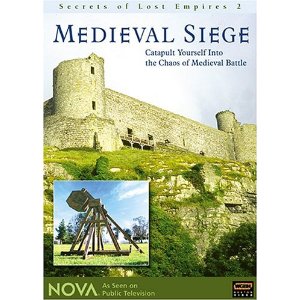 As of 5 PM this last Saturday I have finished 15,000 words of the climax of Curse of a Dark God. I think I have another 10,000 to go and the book will be done. I’m so close to the end of this draft! So don’t let the progress bars fool you. The ending is coming together fabulously–lots of spectacle, big reveals, and major heroics. At least, I think so.
As of 5 PM this last Saturday I have finished 15,000 words of the climax of Curse of a Dark God. I think I have another 10,000 to go and the book will be done. I’m so close to the end of this draft! So don’t let the progress bars fool you. The ending is coming together fabulously–lots of spectacle, big reveals, and major heroics. At least, I think so.